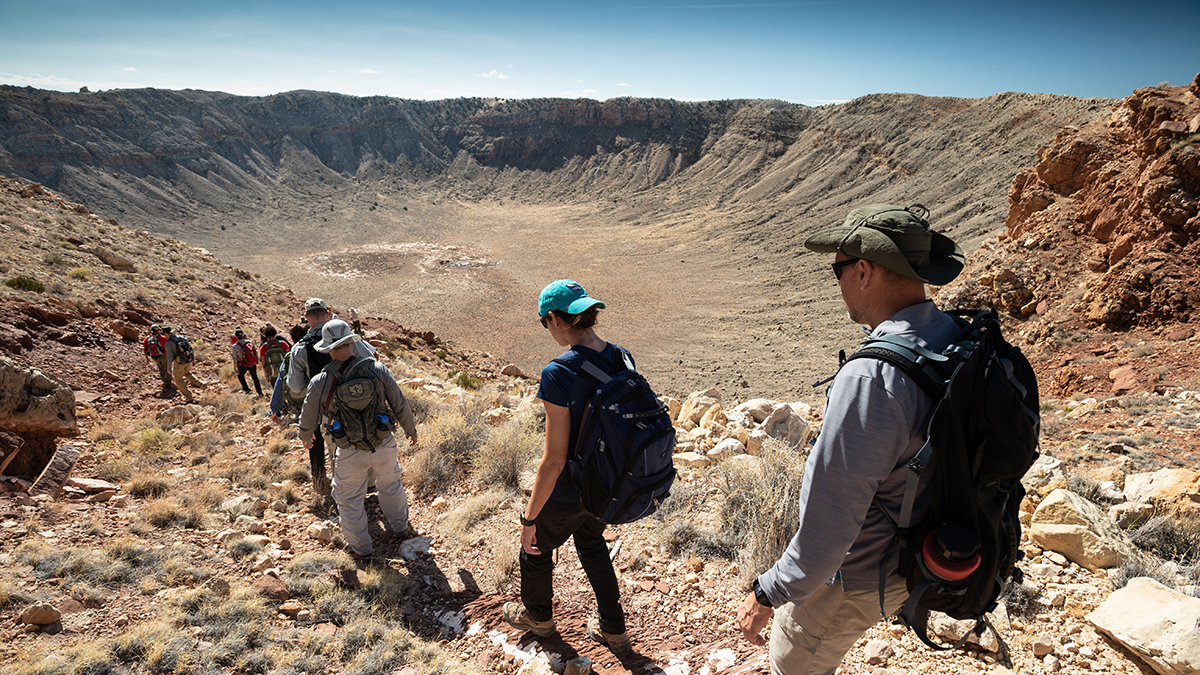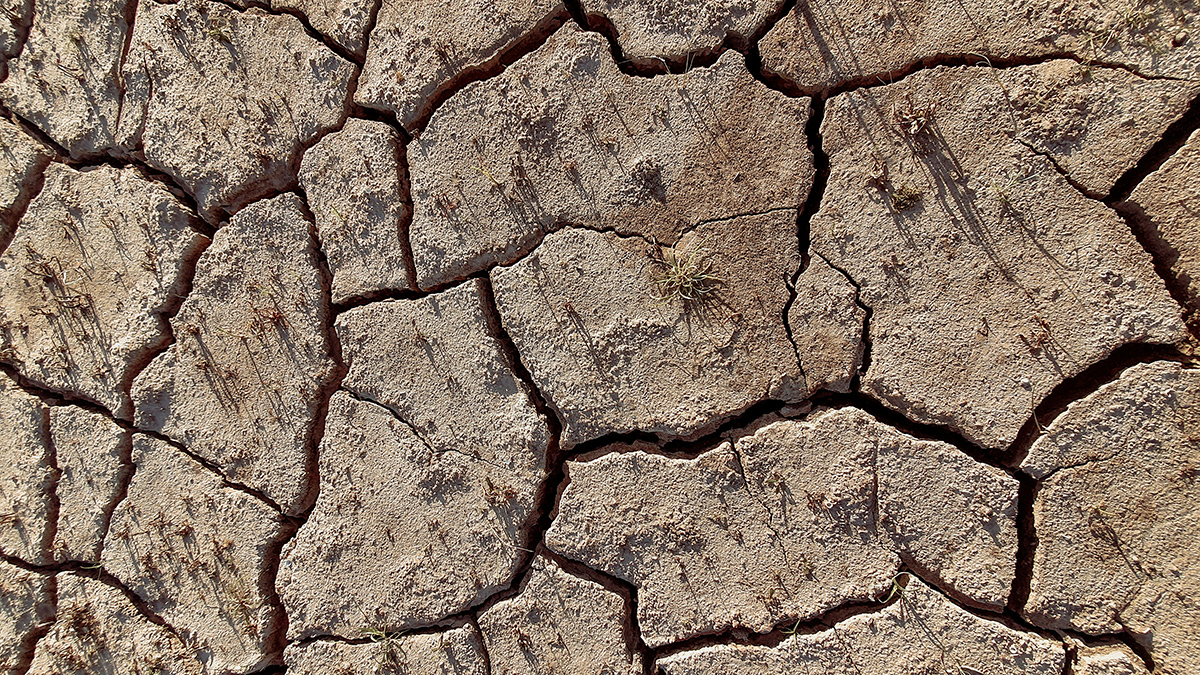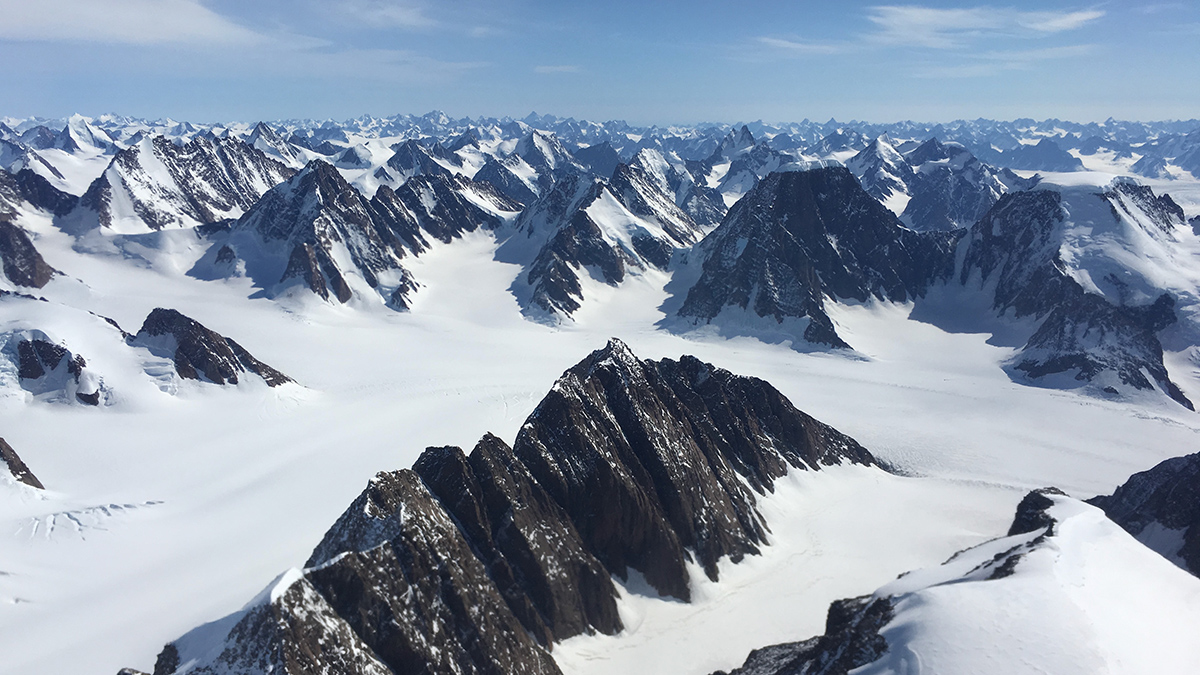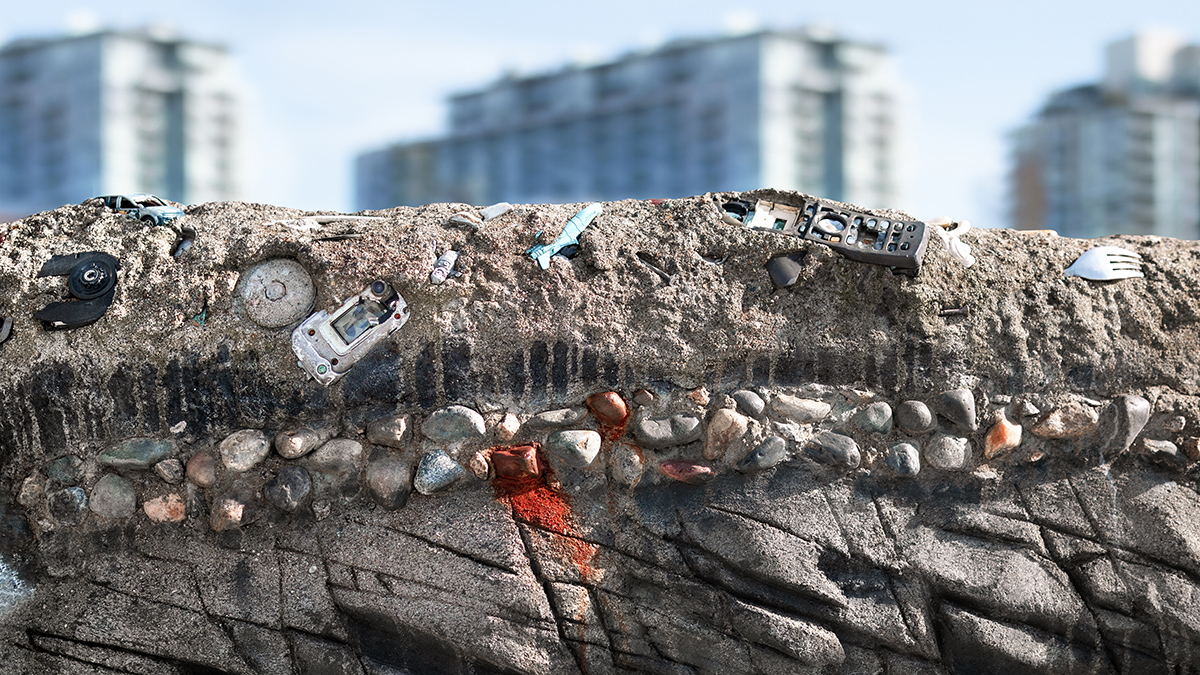The near-complete database reflects a spirit of trust and collaboration among the country’s scientific community—but will it last?
geology
Seismology Helps Us Understand How Material Flows in Earth’s Deepest Mantle
Recent progress in the analysis of seismic waves enables us to determine where, and sometimes how, the base of the mantle deforms.
How Tiny Cracks Lead to Large-Scale Faults
Researchers could soon gain new insights into fault development in Earth’s brittle crust, thanks to a computational approach that harnesses experimental observations of microscale rock damage.
Sand’s Role in Rerouting Meandering Rivers Is Bigger Than We Thought
Researchers delve into the dirt causing rivers to migrate.
Sharing the Geology of the Tour de France
In short broadcasts, a team of educators brings geological knowledge to the cycling world.
The Art of Doing Fieldwork on the Moon
How early-career planetary scientists are preparing to support the astronauts who will return to the lunar surface and beyond.
The Moon’s Mantle Did a Flip—and Scientists May Now Have Evidence
For decades, a lunar whodunit has puzzled scientists: Did the Moon’s internal layers flip during its formation? Old data might hold the evidence to solve this cold case.
Cracking Soils Could Accelerate Climate Change
Climate change is expected to lead to more frequent and intense drought, which in turn causes soil to crack, releasing more carbon dioxide and further warming the planet.
Beneath the Ice: Greenland’s Geology Revealed in New Map
Advances in remote sensing offered an opportunity to redraw Greenland’s geologic map for the first time in 15 years.
What’s Next for the Anthropocene?
Researchers weigh in on the meaning and aftermath of the decision to reject designating “Anthropocene” as an official geological epoch.










